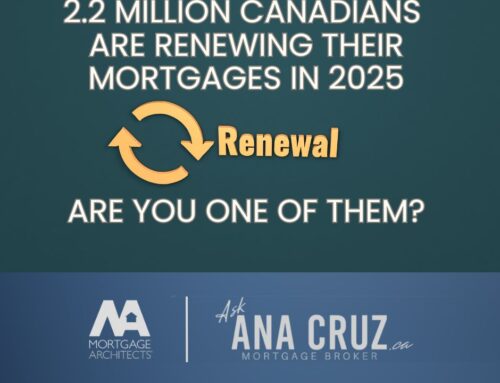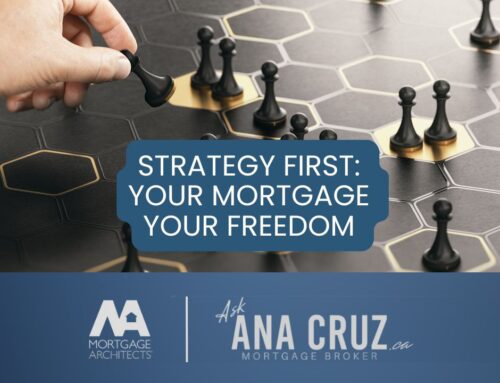Date: August 27, 2024
Category: Blogs,Mortgage Tips & Advice
What to Consider in a Declining Interest Rate Market
With over $500 billion in mortgages set to renew between 2024 and 2025, many homeowners are facing a critical decision about their mortgage renewal strategy in the midst of a declining interest rate market. The choices may seem straightforward at first, but given the economic environment, it's important to evaluate all your options carefully.
Typically, the five-year fixed mortgage has been seen as the lowest and safest option, but is it the best choice right now?
As of today, a five-year fixed rate may be around 4.69%, while a five-year adjustable-rate could be set at prime – 1%, which currently stands at 5.70%. Given that rates are projected to decrease as we approach the end of the year, here are a few renewal strategies worth considering:
Opting for a Fixed Rate (Five-Year Fixed)
Pros: Provides stability and predictability. You'll lock in at 4.59% and won't have to worry about fluctuations in the market.
Cons: If interest rates continue to decline, you could find yourself locked into a higher rate than what's available in the market. You may miss out on potential savings.
Best for: Homeowners who prioritize certainty in their payments and want to avoid the risk of fluctuating rates.
Choosing an Adjustable Rate (Five-Year Adjustable)
Pros: While an adjustable rate starts higher than a fixed rate (currently 5.70%), it offers the flexibility to potentially benefit from declining rates. As the prime rate decreases, your interest rate may also drop, leading to lower payments over time.
Cons: If interest rates don't fall as much as anticipated, you could end up paying more over time than with a fixed-rate mortgage.
Best for: Homeowners willing to take on some risk for the chance of lower rates in the future. This strategy works particularly well for those who have the option to switch to a fixed rate later in the term if rates drop significantly.
Adjustable-to-Fixed Strategy
Another strategy many people are employing is starting with an adjustable rate and switching to a fixed rate as soon as the market becomes more favourable. Here's how it works:
– You begin with a five-year adjustable-rate at 5.70%.
– As interest rates fall, say to 4.19%, you can call your lender and lock into a fixed rate at that time. The key here is that you will lock in for the remaining term of your mortgage.
Example: If you hold the adjustable rate for eight months and rates decline, you would lock into a fixed rate for the remaining four years and four months.
Risks: Timing is crucial. If you wait too long to lock in and miss the optimal moment, you could end up with a less favourable rate. Moreover, the rate you lock into will correspond to the remaining term, not always a fresh five-year term. This strategy requires a careful balance of watching the market.
Best for: Homeowners who are proactive, comfortable with the idea of watching market trends, and are willing to adjust their strategy mid-term.
Hybrid or Blended Mortgage Options
Some lenders offer hybrid mortgages, where part of your mortgage is on a fixed rate and part on an adjustable rate.This can provide a balance of stability and flexibility.
Pros: You get the predictability of fixed rates on a portion of your mortgage while still potentially benefiting from declining rates on the adjustable portion.
Cons: This option can be complex and may involve slightly higher initial rates.
Best for: Homeowners who want to diversify their risk while still having some exposure to rate declines.
Recommendations for Your Renewal
Given the current environment, here are some steps to help you decide:
1. Assess Your Risk Tolerance: If you are risk-averse, the five-year fixed may still be the better choice. If you are comfortable with some risk for potential rewards, an adjustable rate could be more advantageous.
2. Stay Informed: Regularly check interest rate trends and communicate with your Mortgage Broker. Markets can shift quickly, so having up-to-date information will help you act decisively.
3. Evaluate Your Financial Situation: Consider how much flexibility you have in your budget. If you can handle potential fluctuations in your monthly payments, you may benefit from an adjustable or hybrid mortgage strategy.
4. Plan for the Long-Term: Remember that a mortgage is a long-term commitment. Don't just look at what saves you the most in the next year—think about what aligns best with your financial goals over the next one to five years.
Final Thoughts
There is no one-size-fits-all answer when it comes to renewing your mortgage in a declining rate market. It all comes down to your personal financial situation, goals, and comfort level with risk. Whether you lock into a fixed rate for stability, choose an adjustable rate for flexibility, or employ a hybrid strategy, the key is to stay informed and choose the option that best suits your needs.
We're here to help you navigate these decisions, so don't hesitate to reach out.
As always, I invite you to connect and review your options 📞.
Talk soon,
Ana
Mortgages can be complicated; we are here to help you make "cents" of it.
We focus on Mortgage Solutions, Period!
To learn more connect with Ana Cruz 905.870.0513 or email at ana@askanacruz.ca





